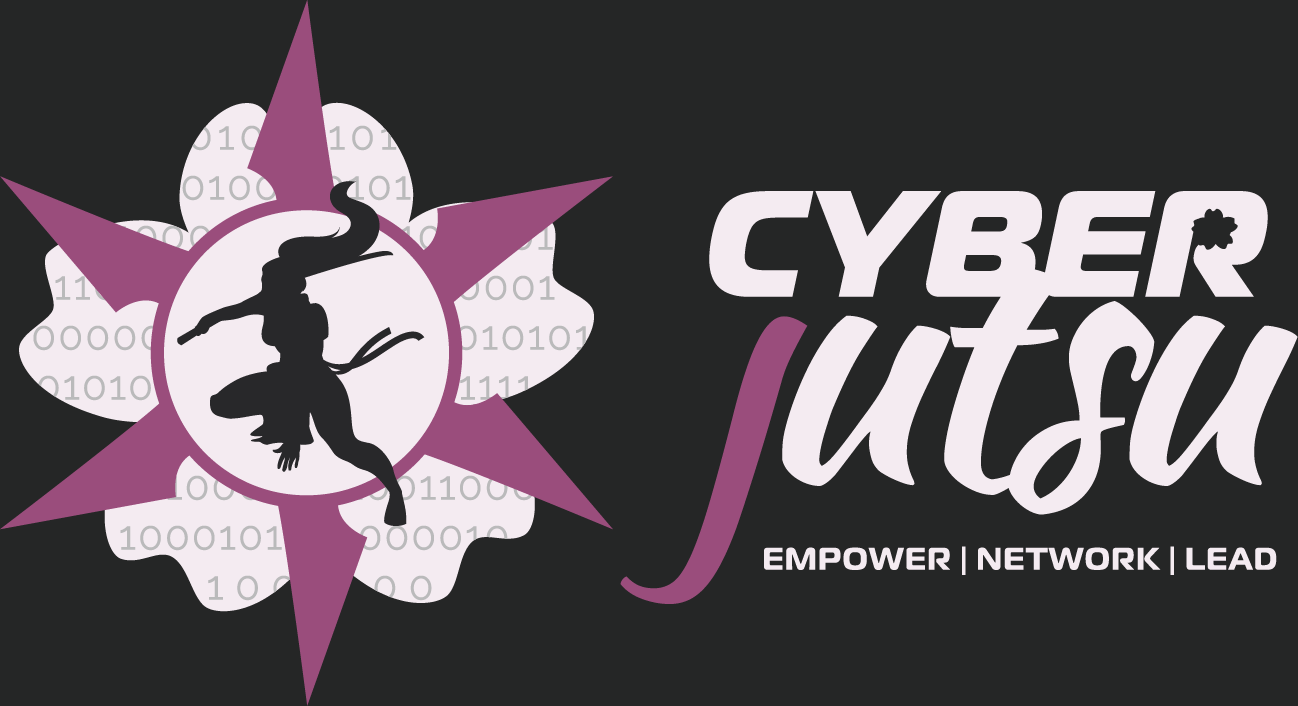
- This event has passed.
WSC Workshop | Intro to Working with AI & LLMs

How can working with AI language models enhance your cybersecurity skills? This introductory workshop with the Women’s Society of Cyberjutsu breaks down the basics of AI and large language models (LLMs) in a way that’s accessible to beginners. Through lecture and hands-on labs, participants will explore prompt engineering techniques and learn how to install and customize local LLMs for practical use. While the lab work will focus on leveraging these tools for cybersecurity applications, discussions will also cover the risks associated with LLMs, including jailbreaking and red team attacks. Although these attack techniques will not be part of the hands-on exercises, participants will be introduced to key concepts and provided with resources for further exploration of LLM security vulnerabilities.
Date: Saturday, April 12, 2025
Time: 10 AM PT – 2 PM PT (Pacific Time)
Lunch: 12 pm – 1 pm (Pacific Time)
Location: Long Beach City College and Zoom
Building and Room: Long Beach City College Liberal Arts Campus (LAC) Building M, Room M-216.
Campus maps: https://lbcc.edu/explore-our-campuses
Objectives
By the end of this workshop, participants will:
- Understand the basics of AI and large language models (LLMs) in cybersecurity.
- Know how to install, customize, and use local LLMs for practical applications.
- Be able to apply prompt engineering techniques to optimize AI interactions.
- Recognize security risks, including jailbreaking and red team attack concepts.
- Have resources to further explore LLM security and ethical considerations.
Prerequisites
Before attending this training, students are expected to know:
- Cybersecurity Basics: Familiarity with fundamental cybersecurity concepts and terminology.
- Command Line Proficiency: Basic experience using a command line interface (Windows, macOS, or Linux) for executing commands and managing files.
- Software Installation: Comfort with installing software on a laptop, including following guided installation instructions.
- Security Awareness: An understanding that AI models have potential risks, including security vulnerabilities, and a curiosity to learn about their implications.
Most of all, students should have a willingness to explore AI tools and experiment with prompt engineering.
Technical/Hardware Requirements
- RAM: Minimum 16GB (32GB recommended for larger models).
- CPU: Modern multi-core processor (Intel i5/i7, AMD Ryzen 5/7, or Apple Silicon).
- Disk Space: At least 20GB free for model downloads and experimentation. (More is better!)
- GPU (Optional): A discrete GPU will improve performance but is not required.
Course Agenda
Intro/Overview
- What is AI?
- How do LLMs like ChatGPT/Copilot/Claude fit within the AI universe?
- Why is there so much hype about AI and LLMs?
Cybersecurity Concerns About AI
- Jailbreaking & Prompt Injection
- Data Leakage & Privacy Risks
- Model Bias & Poisoning
- Social Engineering Automation
- Poor API Implementation & Authentication Controls
Popular Chatbots
- Compare/contrast of Copilot, ChatGPT, Claude
- Security implications of commercial chatbots
- Strengths and limitations
Prompt Engineering
- What is a prompt?
- Prompt types
- Lab: Prompt Engineering
Ways to Enhance Your LLM
- Customize a model
- Retrieval-Augmented Generation (RAG)
- Train your own model – DEEP Rabbit Hole!
Going Local
- Why use a local LLM?
- Popular options:
- Ollama
- Hugging Face
- LM Studio
- GPT4All
- Lab: Working with Ollama
- Installation and set up
- Using Ollama to build a custom model
- Lab: Working with LM Studio (If time allows)
- Installation and set up
- RAG Implementation
Additional Resources & References
Anything Else We Have Time For!